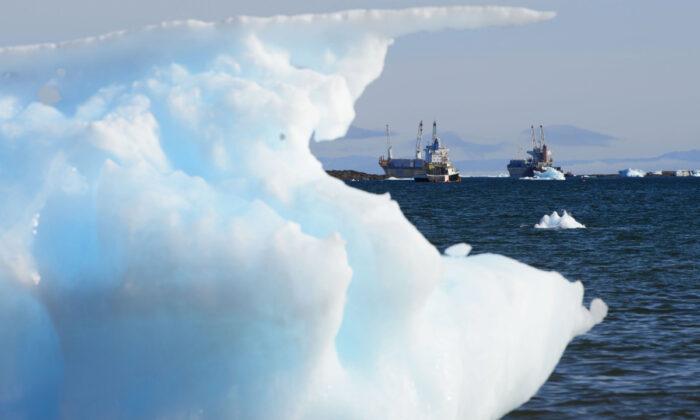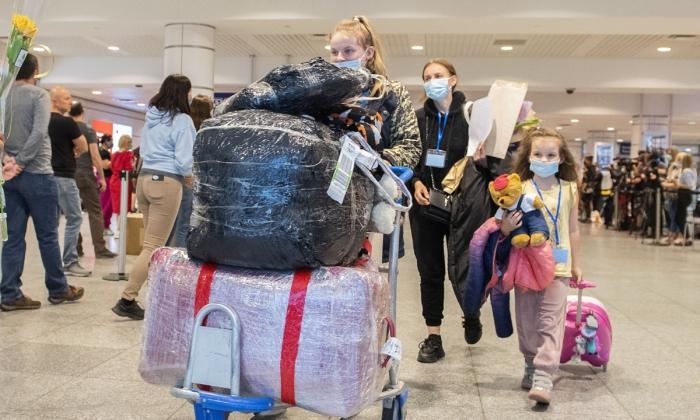Canada’s ability to detect foreign incursions in its Arctic territories is “very limited” and in need of modernization, says a high-ranking Canadian Armed Forces (CAF) general.
“Especially given that the threat from China may be coming from the west coast,” Pelletier continued. “And the warning system is geared towards the threat coming from the Arctic, as that’s for what it was designed back in the early 1980s.”
Anand said the funding is part of the government’s plan to invest about $40 billion into NORAD over the next 20 years.
Pelletier said today that the North Warning System needs to be updated with over-the-horizon, long-range radar technology in order to detect possible “air and space” threats. However, he said NORAD doesn’t expect to have the technology in place until the latter years of this decade.
“For the first time in our collective history of bi-national defence, we now have two strategic competitors, Russia and China, both of which have nuclear weapons and a third actor in the mix, North Korea,” Pelletier said.
He added that both Russia and China have invested heavily in their Arctic military forces in recent years.
“They have already modernized their Arctic infrastructure, deployed new coastal and maritime defense missile systems, upgraded their maritime forces, and increased military exercises and training operations with new command organizations dedicated to the Arctic,” he said.
‘360-Degree Threat’
The national defence committee last week heard from an expert witness saying China’s threat to the Arctic is “more immediate” than CAF defence staff chief Gen. Wayne Eyre had previously warned.“The time periods are so short, which means the problem is not 20 years. [The Chinese] are doing the capabilities studies right now.”
Huebert said he believes the Chinese military is “actively preparing” to send nuclear-powered cruise submarines into Arctic waters and that Canadians need to abandon the idea that our geographical position protects us from invasion.
Pelletier today echoed Huebert’s warning, saying that North America now faces a “360-degree threat ... from all domains.”
“Russia and China, as well as other countries, are increasingly interested in the Arctic,” he said.
“Thus, the Arctic continues to evolve into an interconnected region that is increasingly globalized and contentious.”





